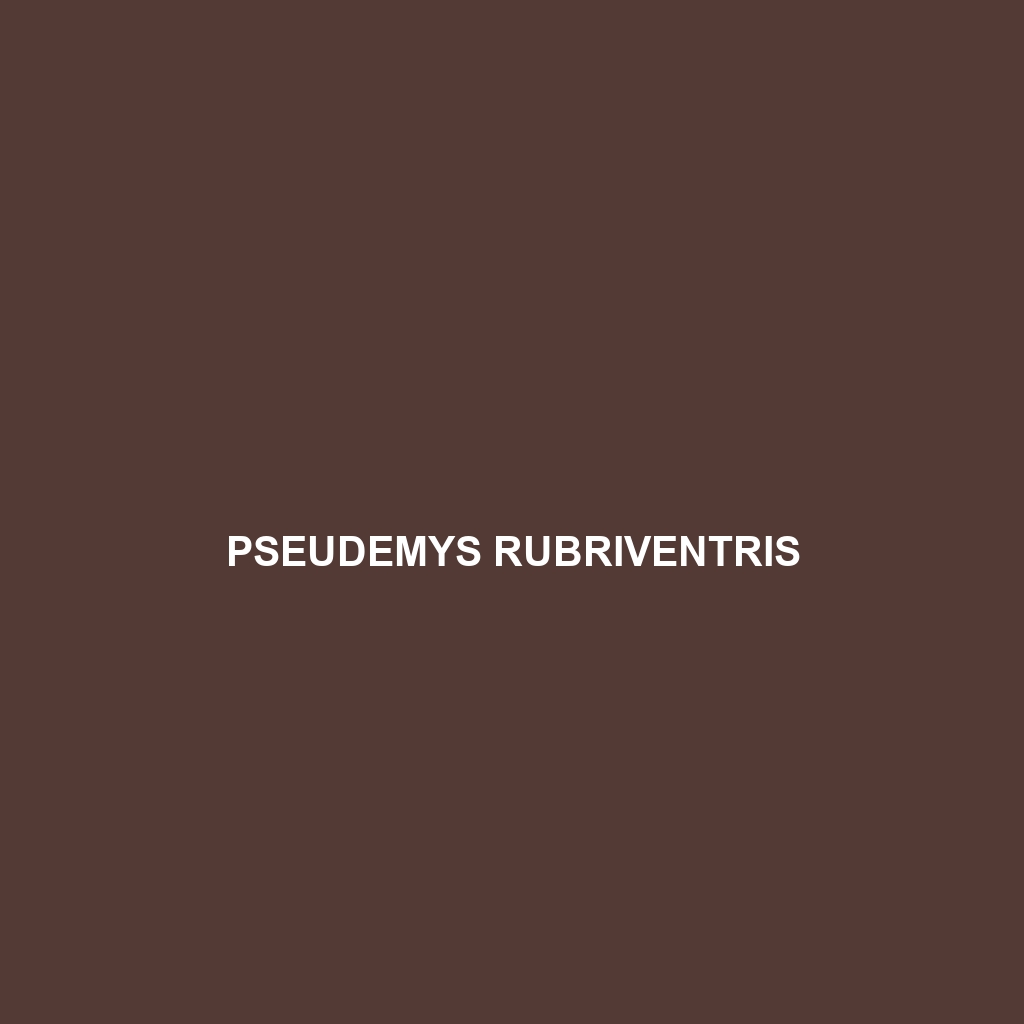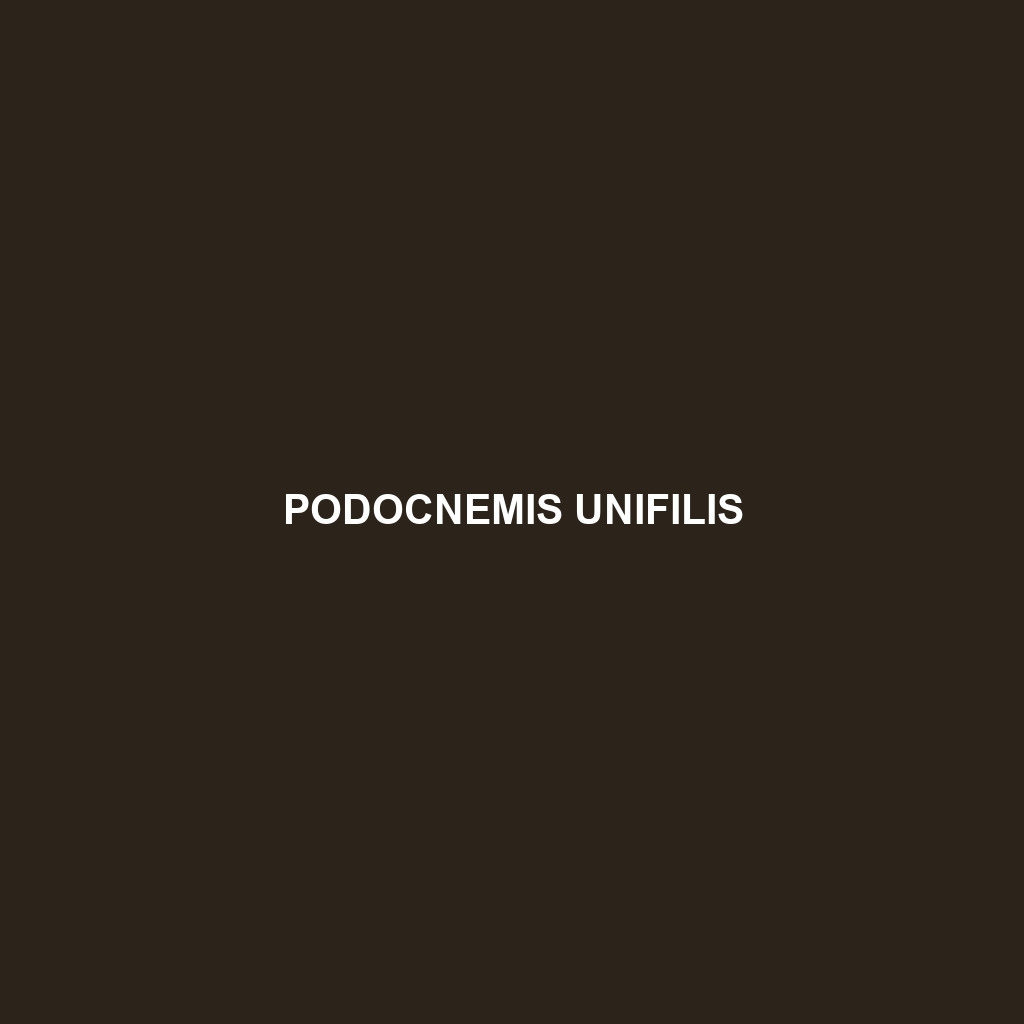Rhabdophis auriculatus, also known as the earless water snake, thrives in tropical and subtropical regions of Asia, primarily inhabiting dense rainforests and waterways. This carnivorous snake, renowned for its striking coloration and flattened head, feeds on fish and amphibians, playing a crucial role in maintaining aquatic ecosystem balance.
Tag: aquatic ecosystems
Pseudemys rubriventris
The Pseudemys rubriventris, commonly known as the red-bellied cooter, is a remarkable freshwater turtle found in the southeastern United States, characterized by its vibrant red or orange plastron and a smooth, dark olive-brown carapace. This omnivorous species thrives in warm, slow-moving waters, playing a crucial role in maintaining ecological balance by regulating aquatic plant growth and contributing to nutrient cycling.
Pseudemys texana
<p><b>Pseudemys texana</b>, or Texas river cooter, is a diurnal freshwater turtle native to southeastern Texas and northeastern Mexico, thriving in warm, vegetated habitats. Characterized by their distinct dark brown to olive green carapace and a diet primarily of aquatic vegetation, they play a crucial role in maintaining the health of freshwater ecosystems.</p>
Pseudemys peninsularis
The Florida red-bellied turtle (<i>Pseudemys peninsularis</i>) is a medium-sized turtle recognized by its smooth olive to dark brown carapace and vibrant red or orange belly, thriving in warm freshwater habitats of the southeastern United States. This species is primarily herbivorous, with intriguing social behaviors and vital ecological roles, though it currently faces threats from habitat loss, making conservation efforts essential.
Pseudemys gorzugi
<p><b>Pseudemys gorzugi</b>, commonly known as the Georgia Cooter, is a medium-sized freshwater turtle native to the southeastern United States, primarily found in slow-moving rivers, lakes, and ponds. This species is recognized for its distinct domed shell, elongated neck, and omnivorous diet, playing a crucial role in maintaining the ecological balance of its aquatic habitat.</p>
Pseudemys floridana
<b>Pseudemys floridana</b>, commonly known as the Florida cooter, is a freshwater turtle native to the southeastern United States, recognized for its distinctive dome-shaped carapace and elongated claws. This omnivorous species thrives in warm, humid habitats, primarily feeding on aquatic plants and small invertebrates while playing a vital role in maintaining ecosystem balance.
Pseudemys alabamensis
<b>Pseudemys alabamensis</b>, or the Alabama red-bellied turtle, is a vibrant freshwater turtle known for its red or orange belly and robust limbs, native to the southern United States. Primarily herbivorous, it inhabits slow-moving waters with abundant vegetation and plays a crucial role in maintaining aquatic ecosystems while being classified as endangered due to habitat loss and pollution.
Podocnemis unifilis
The Podocnemis unifilis, or yellow-spotted river turtle, is a Vulnerable species found primarily in South America's freshwater ecosystems, characterized by its dark shell adorned with yellow or white spots, an herbivorous diet, and unique reproductive behaviors that occur during the rainy season. These turtles play a vital role in their ecosystem by controlling aquatic plant growth and serving as a food source for various predators.
Podocnemis erythrocephala
Discover the Yellow-spotted River Turtle (Podocnemis erythrocephala), a vibrant and vital species native to the Amazon River basin. With distinctive yellow spots and a diet primarily consisting of aquatic plants, this Vulnerable turtle plays a crucial role in maintaining the health of freshwater ecosystems.
Pletholax gracilis
<p><b>Pletholax gracilis</b>, also known as the slender fish, is an omnivorous species thriving in well-oxygenated freshwater streams across Southeast Asia and South America. Characterized by its elongated body, nocturnal behavior, and unique mating displays, this fish plays a crucial role in maintaining ecological balance by regulating invertebrate populations and contributing to nutrient cycling.</p>








